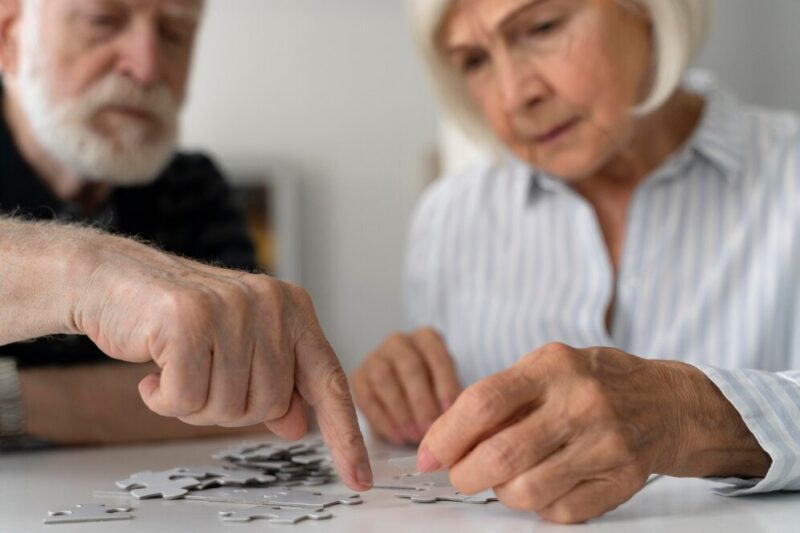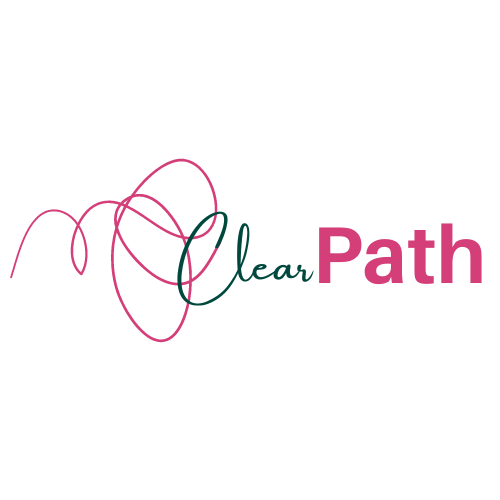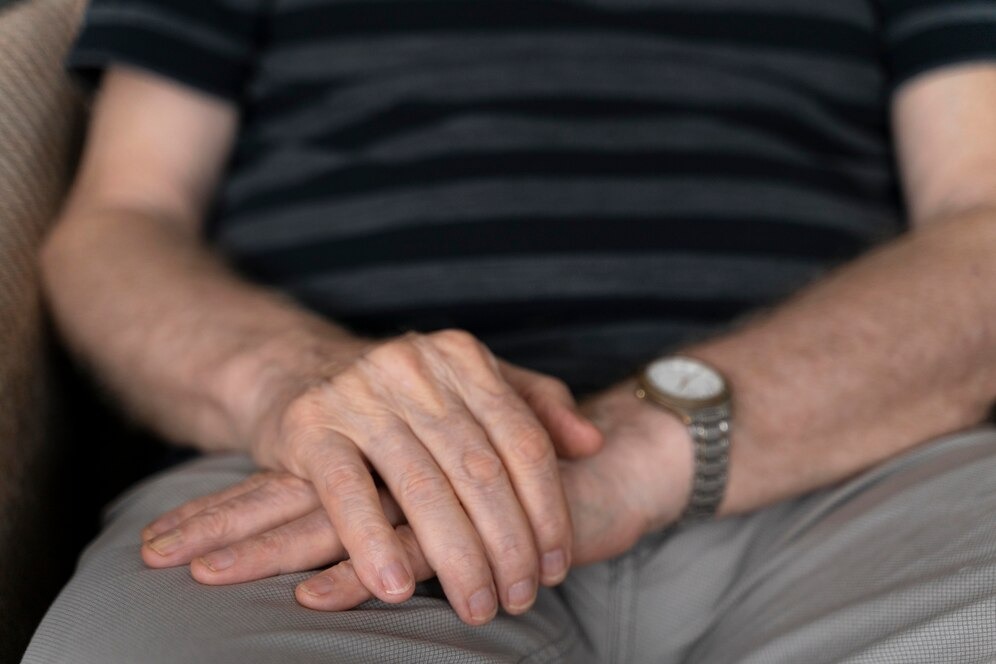Parkinson’s Disease is a complex, progressive neurological disorder that affects millions worldwide, marked by a gradual decline of dopamine-producing nerve cells in the brain. While the quest for a cure continues, the combination of medication, physical therapy, and structured exercise programs offers promising pathways to symptom management and enhanced quality of life.
Recognising the Symptoms Parkinson’s presents a diverse array of both motor and non-motor symptoms, including tremors, bradykinesia, muscle rigidity, balance issues, sleep disturbances, mental health concerns, and bone density loss. Despite the challenges these symptoms impose, regular physical activity has been increasingly recognized for its profound benefits in managing the disease both physically and psychologically.

Key Points:
- Regular physical activity improves both physical mobility and emotional well-being in Parkinson’s.
- Weight-bearing exercise helps reduce fractures and bone loss risks.
- Structured programs promote strength, flexibility, and stability.
- Neurologically-focused workouts stimulate brain adaptability and slow cognitive decline.
- Support from professionals ensures safe, tailored, long-term success.
How Exercise Helps
Exercise serves as a cornerstone in managing Parkinson’s Disease. It not only bolsters strength, coordination, and balance but also enhances emotional and cognitive health, offering hope and a higher quality of life.
- Motor Function Improvement: Research supports that activities such as strength training, walking, and dancing can significantly enhance gait, flexibility, and overall mobility.
- Fall and Fracture Prevention: Engaging in weight-bearing exercises is crucial for maintaining bone density and reducing fall risks.
- Mental Health Benefits: Commitment to structured fitness routines can meaningfully reduce symptoms of depression and anxiety, particularly with sustained effort over 12-week periods or more.
Professional programs like the Senior Personal Training from Longevity Health and Fitness are tailored to the unique needs of individuals with Parkinson’s, emphasizing both physical and neurological health.
Exercising the Brain and Body
Variety in physical activity is not just engaging—it’s crucial. Research highlights that novel exercises like learning dance or participating in non-contact boxing can stimulate neuroplasticity, which is the brain’s remarkable ability to forge new pathways and adapt. This stimulation results in improved coordination and combats cognitive decline, reinforcing the importance of varied exercise in managing Parkinson’s over the long term.
To make the most of this benefit, consider integrating at least two different types of movement into your weekly routine—one that emphasizes balance and rhythm (such as dance or Tai Chi), and another that challenges hand-eye coordination or timing (such as boxing or ball-based drills). Keep exercises unpredictable and engaging to maximize mental stimulation. Try:
- Rotating between familiar routines and completely new movements each week.
- Following video-based choreography or pattern-based stepping sequences.
- Practicing dual-task drills that mix walking or movement with problem-solving or conversation.
Choose activities that combine coordination, memory, and novelty. For example, mirror exercises with a partner can build social connection and spatial awareness. Music-led sessions often make repetition feel easier and more enjoyable. The goal is not complexity—it’s variety with purpose. Consistency in switching things up matters more than perfection in form.
The Role of Breathing and Posture Training
Postural control often weakens in people with Parkinson’s. As spinal flexibility decreases, stooped posture and shallow breathing become more common. Specific training that targets diaphragmatic breathing, posture realignment, and core stability can reverse some of these changes.
- Diaphragmatic breathing enhances lung capacity and reduces anxiety.
- Posture-focused drills restore alignment and reduce back or neck discomfort.
- Core stability training supports balance and protects against falls.
Incorporating simple routines such as yoga-based breathing exercises or upright core holds can make walking, speaking, and even eating easier for those with Parkinson’s.
Social Movement: Group Classes and Motivation
Motivation can fade when someone feels isolated. Parkinson’s often leads to reduced social interaction. Group-based classes solve two issues: movement and connection. Participants in classes like Tai Chi, dance, or functional training often stay more consistent and more confident.
- Shared experience encourages accountability.
- Peer support improves emotional resilience.
- Friendly environments reduce the fear of falling or embarrassment.
People are more likely to stay with exercise when it feels social and safe. Group sessions can offer both without pressure.
Adapting Movement to Disease Stage
Every stage of Parkinson’s demands different attention. Early stages allow for high-intensity interval work, while later stages call for mobility preservation and safety prioritization.
- Early-stage focus: Agility, cardiovascular health, and strength.
- Mid-stage focus: Flexibility, balance, and fall reduction.
- Advanced-stage focus: Assisted movement, stretching, and safe transfers.
Customizing movement goals based on progression keeps routines realistic and sustainable. Professionals trained in neurology-based fitness can make those shifts smoother.
Cognitive Engagement Through Coordination Drills
Physical and mental health in Parkinson’s are closely linked. Exercises that include problem-solving or coordination unlock powerful benefits. Dual-task training—a method where people perform a movement while answering questions or solving puzzles—can enhance cognitive processing.
- Crossing midline drills improve spatial awareness.
- Call-and-response activities reinforce memory and focus.
- Movement patterns that involve rhythm stimulate executive function.
These are not just physical games—they target areas of the brain that Parkinson’s affects most. Integrated into warm-ups or cooldowns, they help preserve mental sharpness.

A Multi-Faceted Approach
The best results in managing Parkinson’s come from a comprehensive approach, integrating medical treatments with physical activity and cognitive stimulation. This holistic management is most effective with guidance from professionals familiar with neurological conditions. Services such as the neuro-rehabilitation programs exemplify such support, offering bespoke personal training and physiotherapy for those navigating Parkinson’s and similar conditions.
By embedding consistent, purposeful movement into daily life, individuals with Parkinson’s can significantly uplift their quality of life. The right exercise program not only strengthens the body but also nurtures the mind, proving that movement can indeed be one of the most powerful tools in managing this disease. Empower yourself or your loved one with the transformative impact of targeted exercise to thrive despite the challenges of Parkinson’s Disease.
Conclusion: Motion Is Medicine—But Not Just Any Motion
Parkinson’s requires more than just movement. It needs precise, regular, and targeted effort that respects both the physical and mental shifts the condition brings. Exercise helps, but it helps best when the plan matches the person.
By choosing programs with neurological expertise, encouraging variety in movement, and supporting social connection, individuals can push back against decline. They can move better, feel stronger, and stay sharper. Movement, practiced with care and consistency, does not just slow symptoms. It builds confidence, independence, and dignity—every single day.

